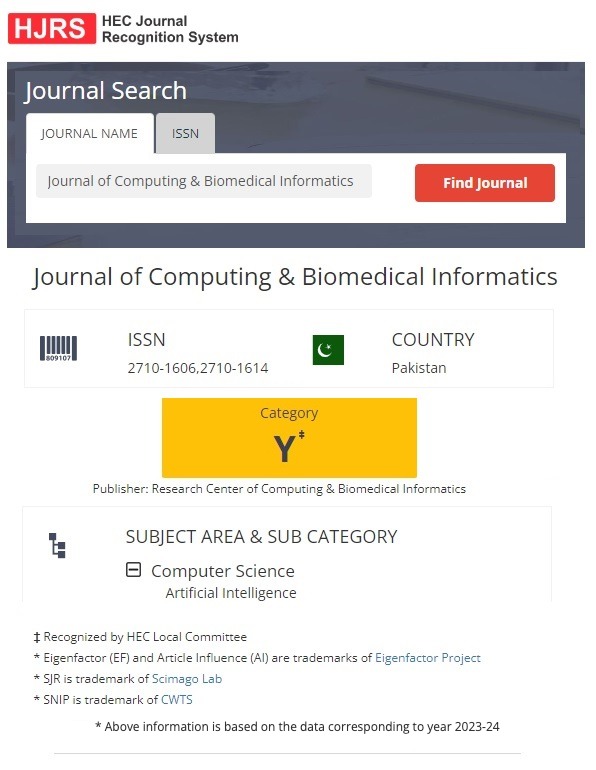Crime Forecasting Using Data Analytics in Pakistan
Keywords:
PSCA, CAD, PRU, PPCAbstract
According to the 2017 Census, Lahore has a population of 11,126,285, with a police-to-citizen ratio of 1:413—significantly higher than that of many other major metropolitan cities around the world. Given these limited resources, there is an urgent need to develop effective strategies to reduce and control crime in a city like Lahore. One viable solution lies in the ability to predict crimes using historical data. Machine learning and data mining techniques can play a crucial role in forecasting criminal activity and identifying common crime patterns. In this study, we applied regression analysis to a real 15-Lahore crime dataset provided by the Punjab Safe City Authority (PSCA) to predict various crime attributes, including location, time, and type. Additionally, association data mining and clustering techniques used to discover frequent patterns and categorize crimes into distinct clusters. The primary goal of this research is to enable the efficient use of existing resources by employing predictive analytics to support proactive crime prevention.
Downloads
Published
How to Cite
Issue
Section
License
This is an open Access Article published by Research Center of Computing & Biomedical Informatics (RCBI), Lahore, Pakistan under CCBY 4.0 International License





